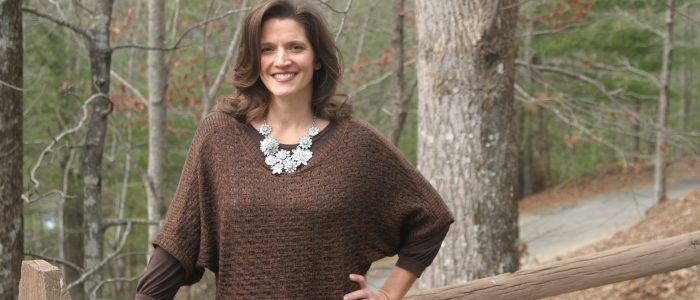Baking bread brings a real sense of satisfaction to the creative cook. It is a skill that when greatly mastered, will be a useful resource for your entire life. There is nothing better than delicious slices of homemade bread spread with butter or jam. Making good yeast raised bread requires time and patience. Once you have mastered the technique, however, I am sure you will agree that it is well worth the effort to make this delicious smelling treat for your family. This tutorial will teach you all that you will ever need to know about bread making.
If you are in-experienced in bread baking, begin early in the day. Give yourself plenty of time to avoid rushing the dough, and not having it done by the time it needs to be served. Allow a minimum of 5 hours for the whole process.
A hard wheat flour rich in gluten makes the best bread. (White whole wheat flour is a good choice) Lighter milled and softer wheat all-purpose flours can be substituted if necessary, but are not as good for bread. Never use self rising flour in yeast breads.
If you do not bake bread regularly, keep in mind that flour deteriorates in quality with age. Flour should not be kept in a warm pantry for many months since it will lose its freshness, and will not produce the best baking results. If you bake regularly, there should be no problem. However, if you buy special flour and bake only on occasion, store the unused portion in the freezer where it can be stored indefinitely.
Flours also vary in moisture content, so the exact amount needed each time you bake can vary slightly. If dough is sticky after full amount is added, this could be the reason. Simply add a little more flour.
Yeast is available in individual serving packets, or you can buy it in bulk. Store closed yeast in the refrigerator for best results.
It is important that water for dissolving yeast is at the correct temperature. If not hot enough, it will not dissolve and activate the yeast properly. If too hot, it will kill the yeast cells. It should be 110-115 degrees—I run it straight from my hot tap water.
Any good solid shortening, butter, margarine, or oil can be used for the fat in baking bread.
Tips and techniques
- To test whether yeast is still active mix small amount of yeast in 1/4 cup of warm water in which 1/4 tsp sugar has been dissolved. Yeast should begin to foam and bubble within 5 minutes. If it doesn’t, yeast should be thrown away.
- To reduce rising time of bread, the amount of yeast can be increased. One pkg yeast to 2 cups liquid will rise in approximately 1 hour. 2 pkgs yeast to 2 cups liquid will rise in approximately 35 minutes. Extra yeast does not make a yeasty taste. A yeasty taste is caused by dough being too warm during rising or by rising too long. When doubling the recipes for bread, the amount of yeast does not have to be doubled, usually 1 1/2 times is sufficient.
- Bread recipes that do not include eggs and milk will turn out better, and will dry out less quickly than those that do.
- Bread keeps best when stored in a cool dry place, but not in the refrigerator. If weather is warm, store extra bread in the freezer, and thaw when needed.
- Do not over bake breads especially rolls, muffins, and biscuits. Over baked breads are dry and crumbly. Rolls become hard.
- The use of granite or heavy black pans for baking bread causes it to burn or turn too dark on the bottom. Use shiny aluminum pans for best results.
- To cut out biscuits in a hurry, roll out dough, and cut in squares or triangles with a knife instead of a biscuit cutter.








